
Filter News
Area of Research
- Advanced Manufacturing (4)
- Biological Systems (4)
- Biology and Environment (4)
- Building Technologies (2)
- Chemistry and Physics at Interfaces (4)
- Clean Energy (46)
- Climate and Environmental Systems (1)
- Computational Biology (1)
- Energy Frontier Research Centers (6)
- Fuel Cycle Science and Technology (1)
- Functional Materials for Energy (4)
- Geographic Information Science and Technology (1)
- Isotope Development and Production (1)
- Materials (50)
- Materials Synthesis from Atoms to Systems (3)
- Materials Under Extremes (4)
- National Security (1)
- Neutron Science (13)
- Nuclear Science and Technology (9)
- Nuclear Systems Modeling, Simulation and Validation (1)
- Quantum Condensed Matter (1)
- Reactor Technology (1)
- Sensors and Controls (2)
- Supercomputing (18)
- Transportation Systems (2)
News Type
Date
News Topics
- 3-D Printing/Advanced Manufacturing (4)
- Advanced Reactors (1)
- Artificial Intelligence (1)
- Big Data (1)
- Bioenergy (2)
- Biology (1)
- Biomedical (1)
- Composites (2)
- Computer Science (9)
- Critical Materials (1)
- Cybersecurity (2)
- Environment (1)
- Fusion (2)
- Isotopes (2)
- Materials Science (6)
- Microscopy (3)
- Nanotechnology (5)
- Neutron Science (5)
- Nuclear Energy (6)
- Physics (7)
- Polymers (1)
- Quantum Science (3)
- Security (5)
- Space Exploration (1)
- Summit (2)
- Transportation (1)
Media Contacts


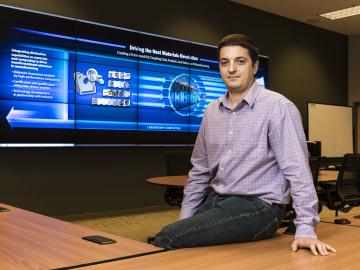
Leveraging his expertise in image processing, sensors, and machine learning, Vincent Paquit is devising a control system for additive manufacturing to produce 3D-printed parts that function as well as conventionally produced objects. Paquit’s research sits at the junction of manufacturing technol...

Vlastimil Kunc grew up in a family of scientists where his natural curiosity was encouraged—an experience that continues to drive his research today in polymer composite additive manufacturing at Oak Ridge National Laboratory. “I’ve been interested in the science of composites si...

A scientific team led by the Department of Energy’s Oak Ridge National Laboratory has found a new way to take the local temperature of a material from an area about a billionth of a meter wide, or approximately 100,000 times thinner than a human hair. This discove...
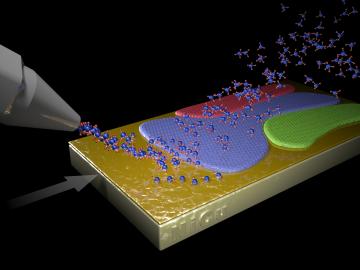
A new method to produce large, monolayer single-crystal-like graphene films more than a foot long relies on harnessing a “survival of the fittest” competition among crystals. The novel technique, developed by a team led by Oak Ridge National Laboratory, may open new opportunities for growing the high-quality two-dimensional materials necessary for long-awaited practical applications.
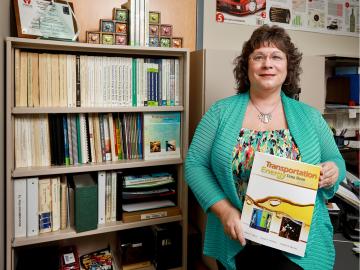
For anyone seeking comprehensive data and analysis regarding the vehicle technology market, all roads lead to Oak Ridge National Laboratory’s Stacy Davis. Unflagging curiosity, an ability to read trends, and an eagle eye for detail are the tools that drive Davis’s work creatin...
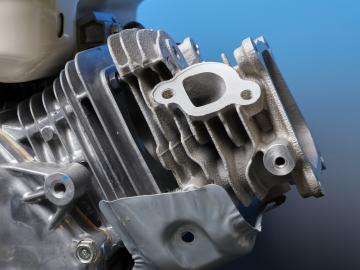
Four technologies developed at the Department of Energy’s Oak Ridge National Laboratory have earned 2018 Excellence in Technology Transfer Awards from the Federal Laboratory Consortium for Technology Transfer (FLC). The FLC is a nationwide network of more than 30...

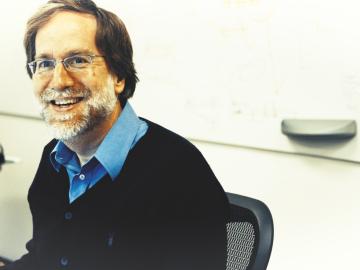
Dan Jacobson is illuminating the workings of biological systems from the molecular scale up by leveraging Oak Ridge National Laboratory’s supercomputing resources to create machine- and deep-learning techniques more easily understood by humans


